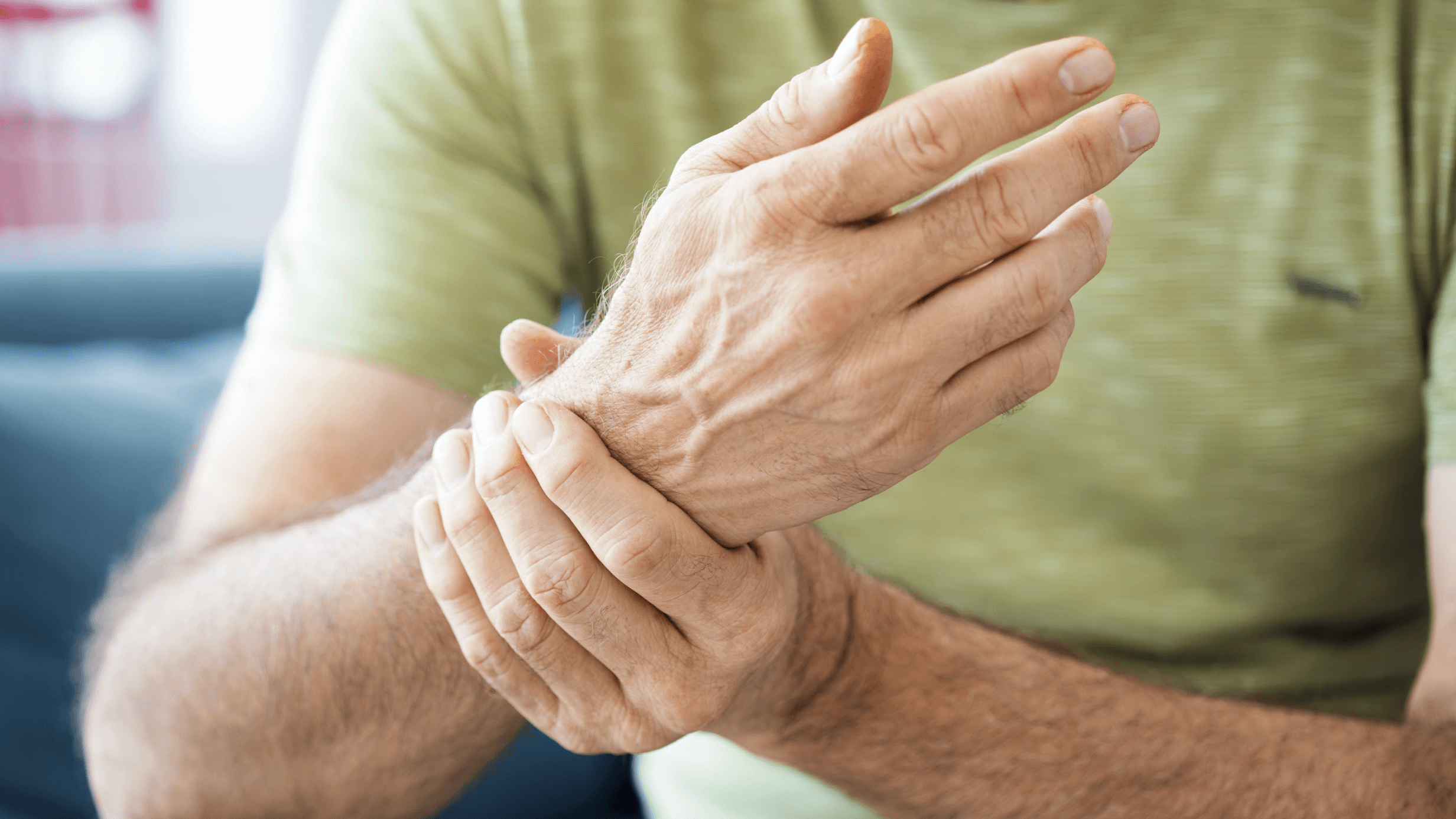What Causes Hand CMC Joint Arthritis?
&srotate=0)
While virtually any joint in the body can be impacted by one of the many varieties of arthritis, joints in the hand – and, more specifically, the carpometacarpal (CMC) joint – are some of the most commonly affected. Because we use our hands for so many daily tasks and routines, developing CMC joint arthritis can be particularly disruptive and oftentimes quite painful. At Interventional Orthopedics of Atlanta, distinguished orthopedic provider Dr. Christopher Williams is committed to helping patients achieve rapid, reliable, long-lasting relief from the frustrating symptoms of CMC joint arthritis using the most cutting-edge diagnostic tools and treatment solutions available today. Keep reading for a closer look at the basics of CMC joint arthritis, including what it is, what causes it, and which treatment options may be most effective for you.
What is CMC arthritis?
Also known as the basal joint, the CMC joint is located where the base of the thumb meets the heel of the hand. Like other joints, the CMC joint can develop arthritis when the lining around the joint – called cartilage – becomes damaged or worn down.
What are the symptoms of basal joint arthritis?
Arthritis in the basal or CMC joint can trigger a number of uncomfortable and irritative symptoms, the most common of which include:
- Pain in the lower thumb
- Pain at the base of the hand
- Pain in the heel of the hand
- Grinding noise at the base of the thumb
- Difficulty moving thumb
- Weakened grip
- Stiffness in hand/thumb
- Protruding middle thumb joint
- Redness/swelling/inflammation of the thumb or hand
What causes thumb arthritis?
In some cases, patients develop CMC thumb arthritis without obvious explanation, though there are certain risk factors that may make a person more likely to develop thumb arthritis than others. These include:
- Genetics
- Obesity
- Smoking
- Sedentary lifestyle
- Repetitive motion with hands
- Overuse of CMC joint
- Trauma
Most often, CMC joint arthritis is associated with repetitive gripping or pinching motions over a long period of time. These may include using scissors, driving, or even writing with a pen or pencil. For patients who develop thumb arthritis, symptoms often worsen when these activities are continued.
How is thumb arthritis treated?
When you visit Interventional Orthopedics of Atlanta for arthritis treatment, Dr. Williams will first perform a thorough evaluation and assessment to determine an accurate diagnosis and, after that, identify the most appropriate course of treatment. In some cases, x-rays and other imaging studies may be necessary to definitively diagnose CMC joint arthritis. Depending on the cause, nature, and severity of your condition, Dr. Williams may recommend one of the following CMC arthritis treatment options:
- Behavioral modification
- Rest
- Physical therapy
- Occupational therapy
- Medications
- Injections
Should these treatments be ineffective or not provide the desired level of relief, Dr. Williams may recommend a more extensive treatment, such as regenerative injections or cellular therapy. In the most severe cases, surgery may be necessary to treat the symptoms of thumb arthritis, but most patients are able to achieve increased comfort and mobility with a less invasive solution.
Break free from the pain of CMC thumb arthritis in Atlanta, GA
If lower thumb pain is interfering with your daily life, you may have CMC joint arthritis. To learn more about what may be causing your lower thumb pain and how you can get quick and long-lasting relief from your symptoms, call Interventional Orthopedics of Atlanta to schedule your one-on-one consultation with Atlanta, GA orthopedic wellness expert Dr. Christopher Williams today.